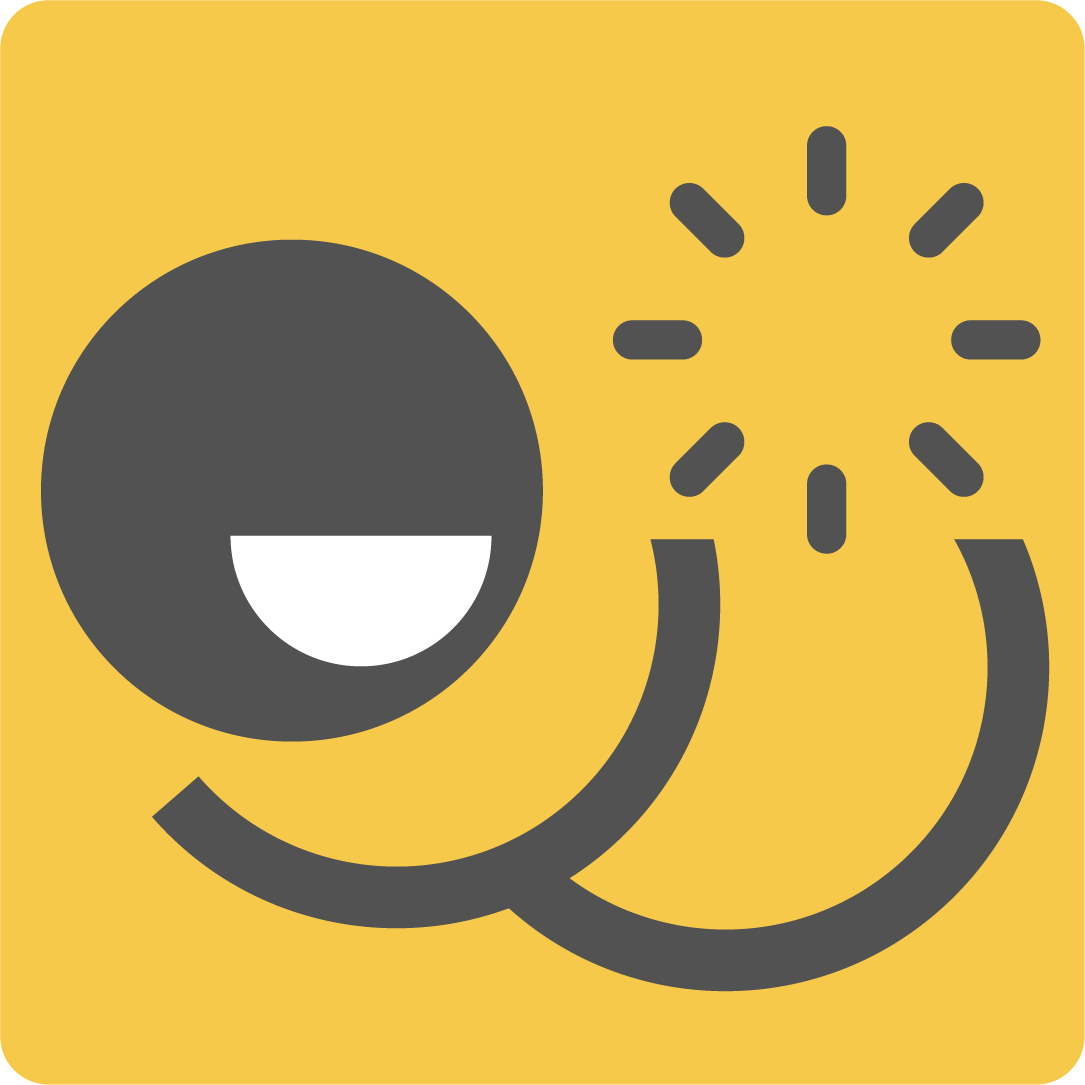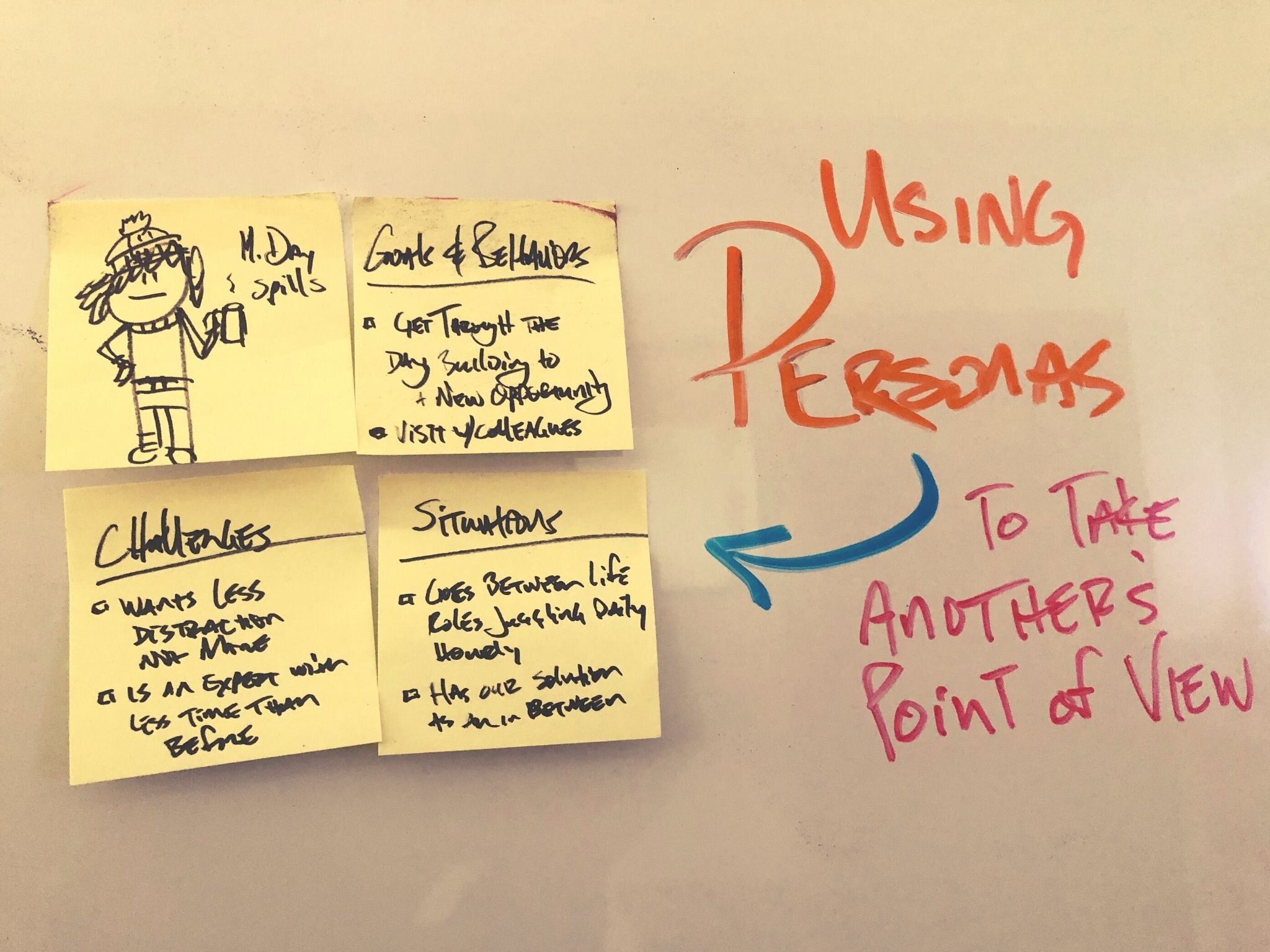Learning About, From, and With Another's Point of View
You might have heard about a tool in UX called personas. For any product or service you could create a few personas to get a clear idea of who you're trying to help, what their overall situation is like, why they care about making use of what you offer, and how.
Instead of talking about the mechanics of building personas, let's explore why it's worth becoming a user of personas.
Editorial note part 1: Here I'm gathering thoughts, sometimes when I do that my words are on the less exciting side of my voice. It's like a meditation or deep journal reflection where I'm piecing together ideas from all sorts of memories and experiences. I think there's useful stuff here to share, but also think it needs a bit more of the emotion of why I feel it's worth sharing. Work in progress, practicing in public.
Editorial note part 2: Personas have been a mechanism for design for a long time. Behavioral personals have been a critical tool in the UX toolbox for at least a couple decades. That's long enough to make them fall in and out of fashion. If you have big feelings about personas I hope you find a way to channel those feelings to what helps you address the needs of your audiences. Remember as designers by behavior, title, or both we are all working to level up the fluency and practice design including as much of the team and audience as possible.
Okay, back to the article.
When you design and build a thing it helps to make constraints clear and easy to reference. You make a lot of decisions on words, flow of concepts, tasks, problems to be solved for the audience. Personas serve as one of the useful references from the UX toolbox that makes clear and concrete what matters and to whom. They serve as a way to tell stories that make sense of people using what you make.
You don't need to become an expert in creating personas to be an expert at using personas. If you're on a team as an engineer, artist, or business leader you can become practiced in using personas and that's a giant human centered powerup. How can a document do that? It's not the document but what it represents: making it easy to see an other point of view.
Let's explore a progression that:
- begins with learning about other points of view
- then learning from other points of view
- to learning with other points of view
The About: Other Points of Views Exist
This is the start of so many good things for organizations and their audiences. The crucial first step. This is what takes design from only helping with surface details at best to opening up the possibility of being more inclusive and credible in decisions that shape your product.
Personas get you out of your own ideas of assuming what works and what does good look like for others. Because instead of basing design and building choices on personality and ego debates alone you have someone else to consider. Which also helps you go past the surface attributes to more meaningful choices about your product.
What if your team or organization is in their early days of using human centered systemic minded design tools? Not much research yet to base things on? Start with what you know and think you might know with placeholders. Placeholder and design-fiction based personas are a useful place to start. These are not meant to be a final result to turn assumptions into puppetry. A placeholder persona gets you started as a draft and beginning to question, research, learn, and build the next draft based on real observations on real people.
This is a useful start. You're with a team ready to learn about your audience to then include them what you learn, design, and build.
The From: Taking Others Perspective is Useful
It's truly a joy to sit in a research session at various points in a project's timeline. The joy comes from learning and how we can do better work by learning from others.
Early in a project, you're interviewing people and discovering from gathering data on what they say and do around your research questions. Assumptions go from being untested ideas into clearly fitting with or falling away from what makes sense to do. This is where your placeholder personas get replaced with real learning personas.
That process will continue as long as your project continues to learn from including your audience. Keep adapting your personas based on what you learn from real people in your audience.
The With: Continuing to Involve Others Perspective and Adding More Audiences
Useful personas are a tool your whole team can learn from and with. If you see your product or service in a system perspective, you'll find it useful to create personas for other audiences. This means explicitly including "stakeholders" who connect to your product. Your primary audience should get the most persona attention but how much robust can your decisions be if you include key people behind the scenes too?
What you make is an expression of work that comes from a lot more than only your team's goals and audience. It connects to your organization's goals and specific leaders, sponsors, and collaborators. You will find new ways to describe your shared purposes and common ground to work through decisions about your product.
Personas for Storytelling
When you describe a journey from the audience's point of view you'll have a persona that encounters a progression of situations. Then if you have other personas to include with that you can layer many points of view that come together to make the user's journey possible. That's an approach I use in my Drawing User Journey Maps workshop, available as downloadable video with a Q&A session, and also at Skillshare.
Putting personas to use means you have characters to include when you're working through stories about your product. Scenarios, journeys, and other flows of causality are made more real and relevant when they include personas that represent the best of what you've learned so far about your audience.
Telling stories helps make what you're learning and planning make more sense. You'll find the parts that are well informed which are outcomes/scenarios/stories to build next and then other parts that are less clearly thought through. That's nothing to hide from, it's a signal where to look and learn from next. You'll find new questions to feed what you learn next which keeps you improving your product and updating what you know so far about your audience.

